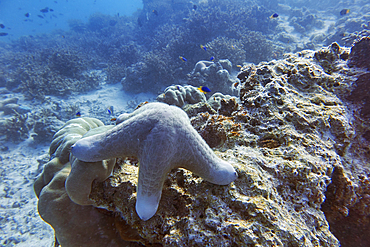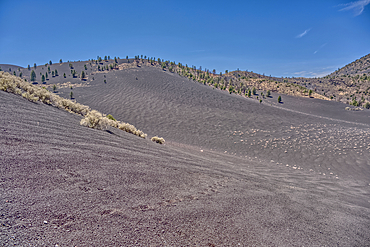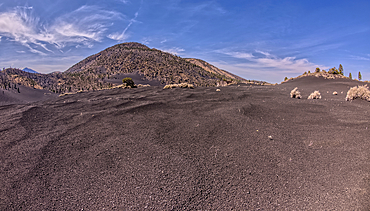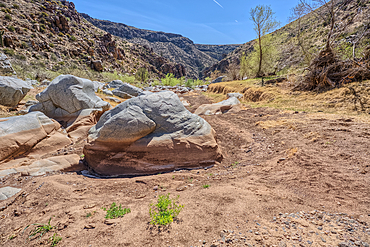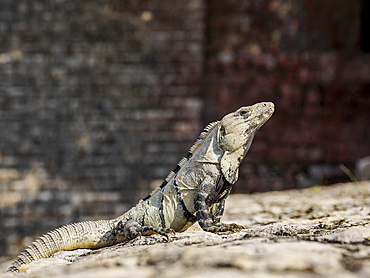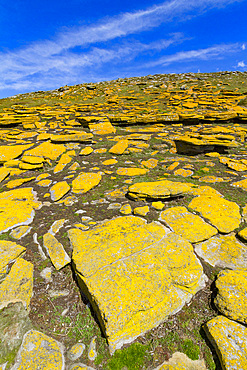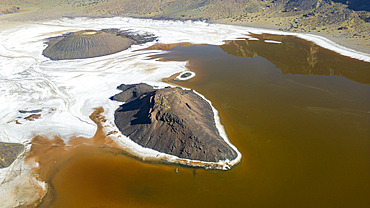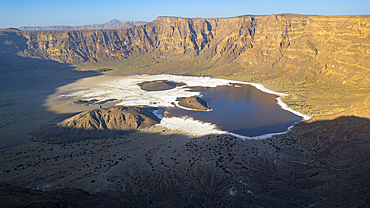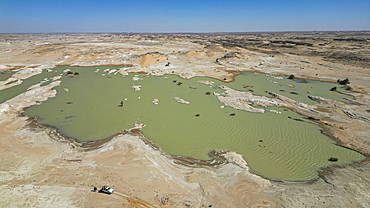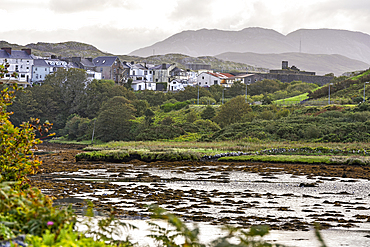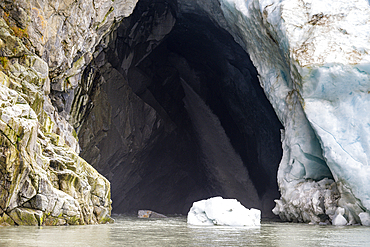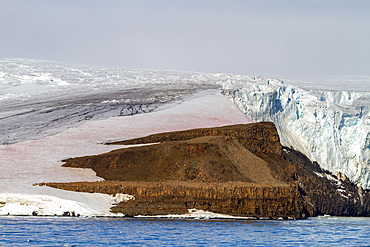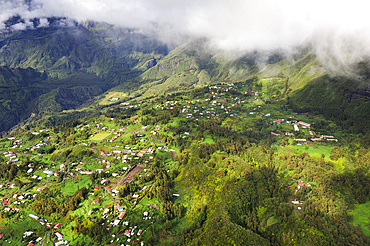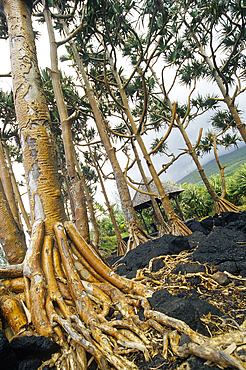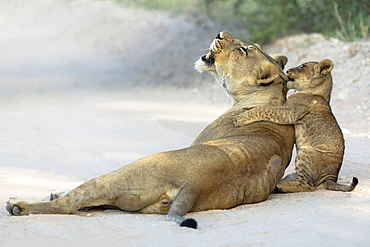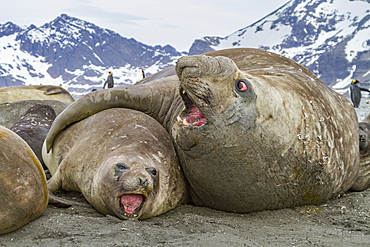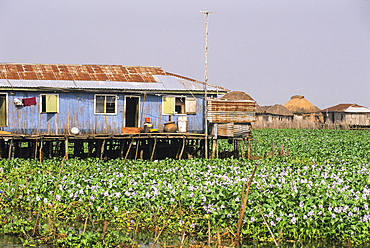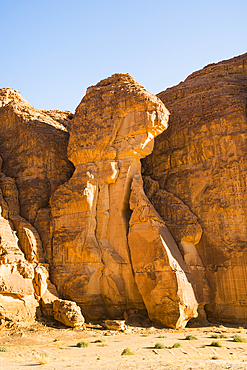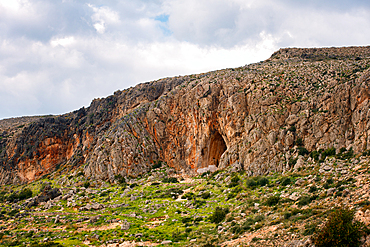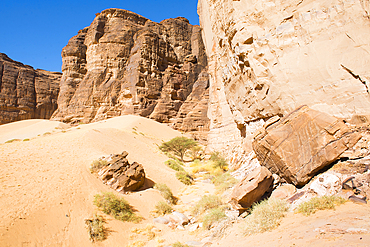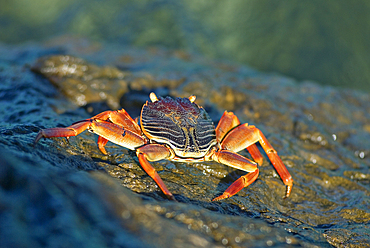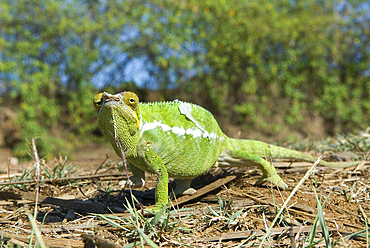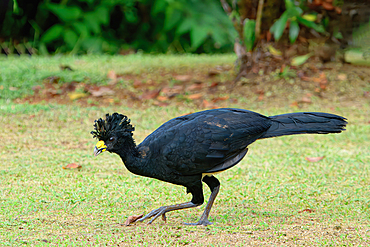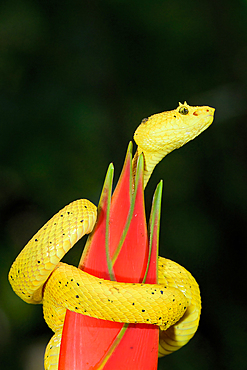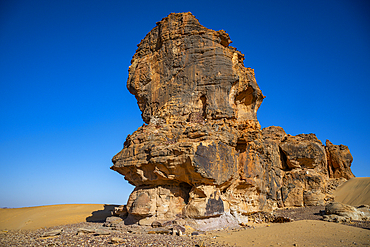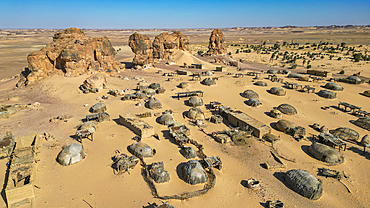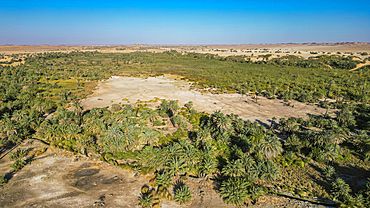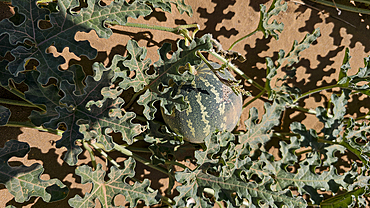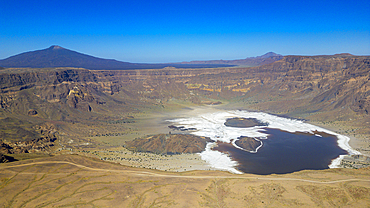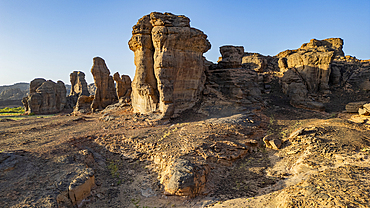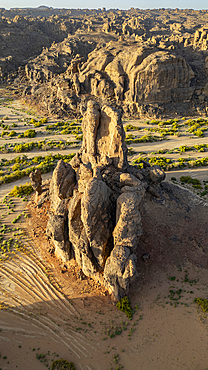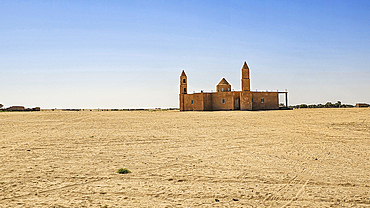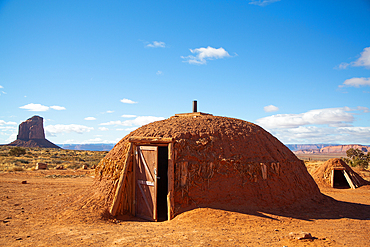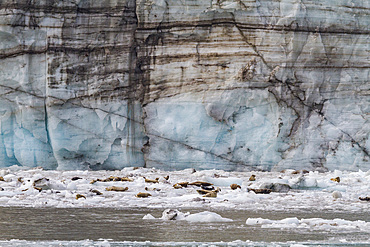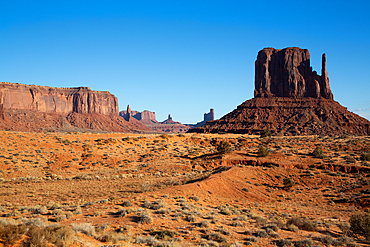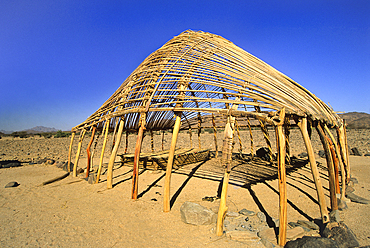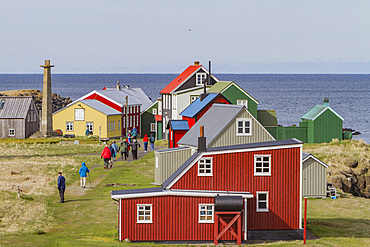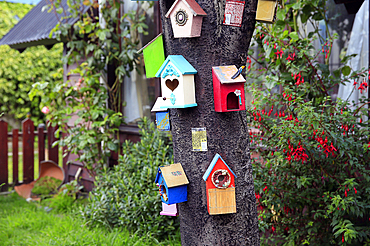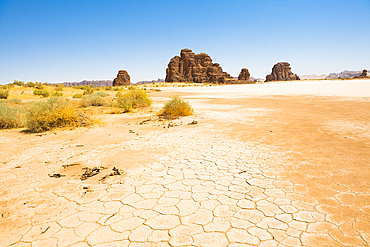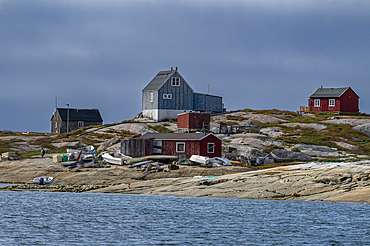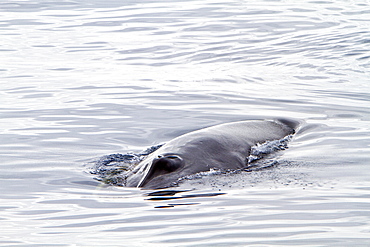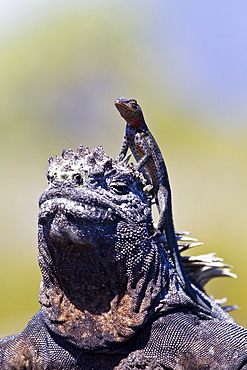Results
« Previous 1 2
190 results found
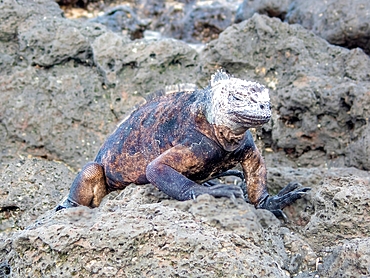
Galapagos Marine Iguana (Amblyrhynchus cristatus) Santa Cruz island, Galapagos, UNESCO World Heritage Site, Ecuador, South America
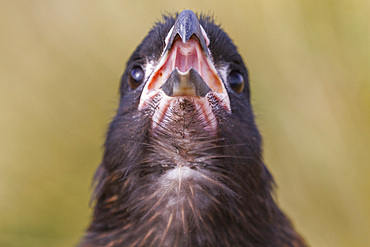
Adult striated caracara (Phalcoboenus australis), close-up, on Carcass Island in the Falkland Islands, South Atlantic Ocean, South America
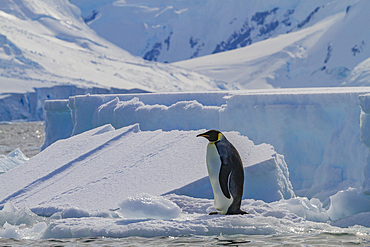
A lone adult emperor penguin (Aptenodytes forsteri) on sea ice in the Gullet between Adelaide Island and the Antarctic Peninsula, Antarctica, Polar Regions
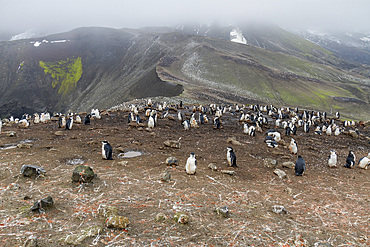
Chinstrap penguin (Pygoscelis antarctica) breeding colony at Baily Head on Deception Island, Antarctica, Southern Ocean, Polar Regions
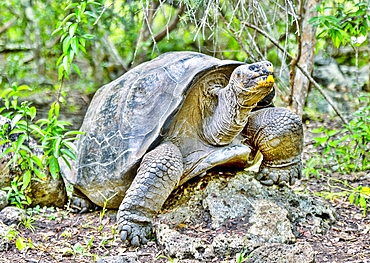
Galapagos Giant Tortoise (Chelonoidis chathamensis), can live for over 100 years, on San Cristobal island, Galapagos, UNESCO World Heritage Site, Ecuador, South America
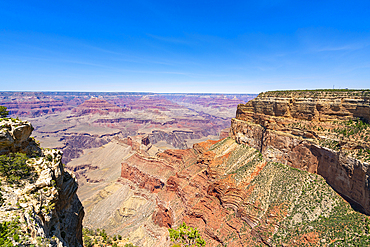
Grand Canyon, Mohave Point, Grand Canyon National Park, UNESCO World Heritage Site, Arizona, United States of America, North America
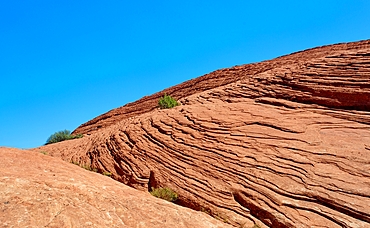
Petrified sand dunes, White Canyon State Park, Red Cliffs Desert Reserve near St. George, Utah, United States of America
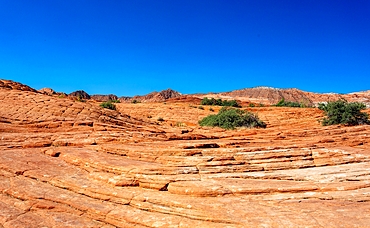
Petrified sand dunes, White Canyon State Park, Red Cliffs Desert Reserve near St. George, Utah, United States of America
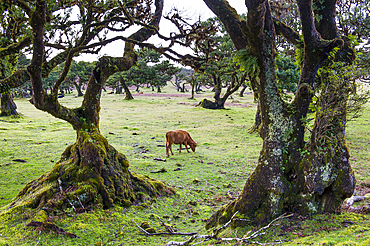
Pluri-centenarian laurel trees around Fanal, Paul da Serra plateau, Madeira island, Atlantic Ocean, Portugal
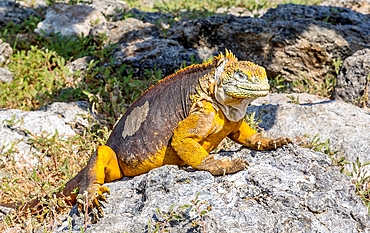
Galapagos Land Iguana (Conolophus subcristatus), large lizard can can grow to five feet long and live for 60 years, South Plaza island, Galapagos, UNESCO World Heritage Site, Ecuador, South America
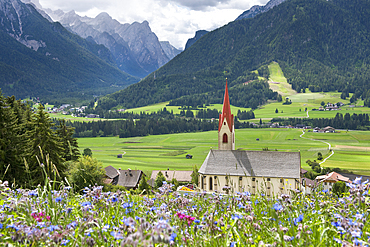
Wild flowers in front of St. Mary Church, small village of Santa Maria, near Dobbiaco, Val Pusteria, South Tyrol (Alto Adige), Italy
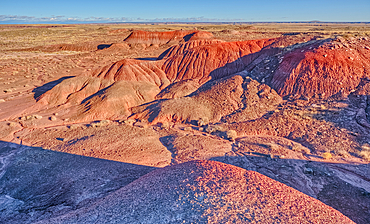
Red hills of bentonite clay overlooking Dead Wash in Petrified Forest National Park, Arizona, United States of America
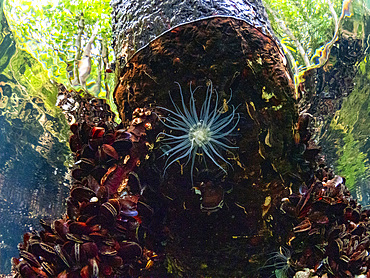
Underwater view of Jellyfish Lake, a marine lake located on Eil Malk Island, Rock Islands, Palau, Micronesia, Pacific
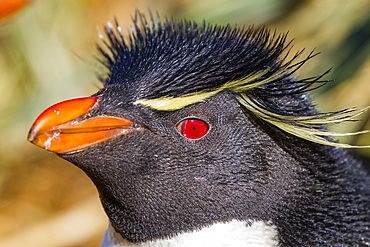
Adult rockhopper penguin (Eudyptes chrysocome chrysocome) at breeding and molting colony on New Island, Falkland Islands
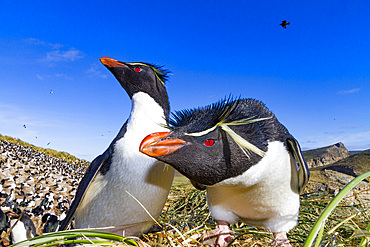
Adult rockhopper penguins (Eudyptes chrysocome chrysocome) at breeding and molting colony on New Island, Falkland Islands
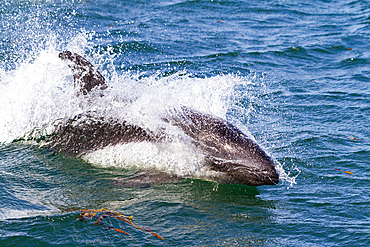
Adult Peale's Dolphin (Lagenorhynchus australis) bow-riding Zodiacs on New Island in the Falkland Islands
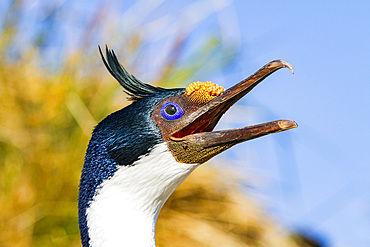
Adult Imperial Shag (Phalacrocorax (atriceps) atriceps) exhibiting intense breeding plumage, New Island, Falkland Islands
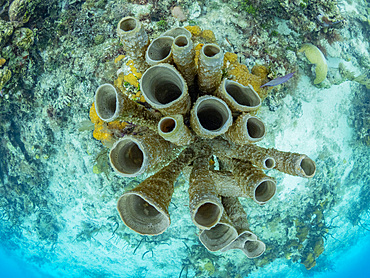
Underwater view of the reef along the circumference of the Great Blue Hole on Lighthouse Reef, UNESCO, Belize
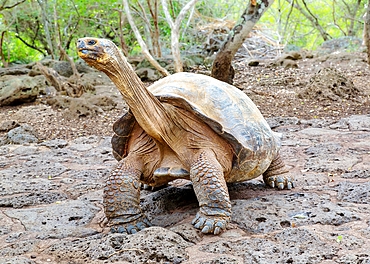
Galapagos Giant Tortoise (Chelonoidis chathamensis), can live for over 100 years, San Cristobal island, Galapagos, UNESCO World Heritage Site, Ecuador, South America
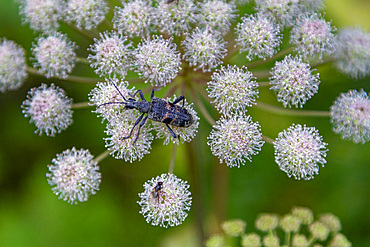
A close up view of a beetle on hogweed (Heracleum spp) found in the Solovetsky Islands, Arkhangelsk Oblast, White Sea, Russia, Arctic, Europe
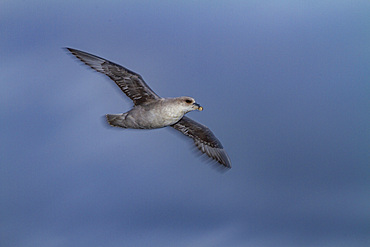
Northern fulmar (Fulmarus glacialis glacialis) motion blur on the wing the Svalbard Archipelago, Norway, Arctic, Europe
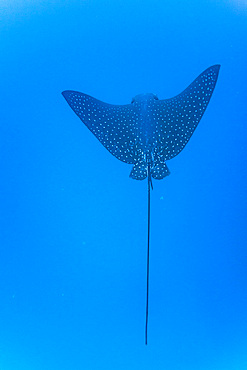
Spotted eagle ray (Aetobatus narinari) underwater at Leon Dormido Island off San Cristobal Island, Galapagos, UNESCO World Heritage Site, Ecuador, South America
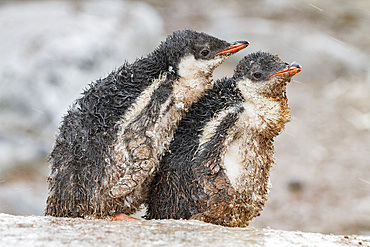
Gentoo penguin (Pygoscelis papua) chicks covered with mud and guano on Cuverville Island, Antarctica, Southern Ocean, Polar Regions

Galapagos Giant Tortoise (Chelonoidis chathamensis), can live for over 100 years, on San Cristobal island, Galapagos, UNESCO World Heritage Site, Ecuador, South America

Adult snow petrel (Pagodroma nivea nivea) near the Antarctic Peninsula, Antarctica, Southern Ocean, Polar Regions
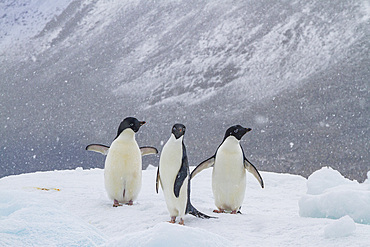
Adelie penguin (Pygoscelis adeliae) on ice near Devil Island in the Weddell Sea near the Antarctic Peninsula, Antarctica, Polar Regions
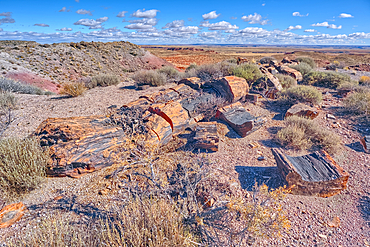
Pieces of petrified wood on hills overlooking Dead Wash, Petrified Forest National Park, Arizona, United States of America
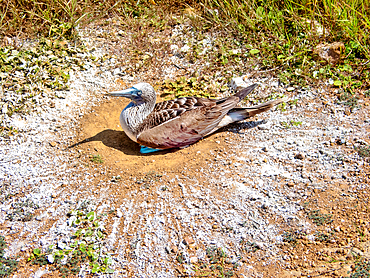
Blue footed booby (sula nebouxii) incubating eggs at Punta Pitt, San Cristobal Island, Galapagos, UNESCO, Ecuador
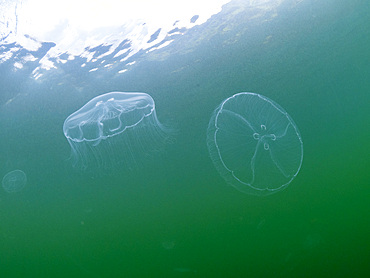
A pair of moon jellyfish (Aurelia sp), in Jellyfish Lake, located on Eil Malk island, Rock Islands, Palau, Micronesia, Pacific

Garden view from villa at Our Habitas AlUla, a sustainable resort in ancient oasis in desert canyon, the Ashar Valley, Medina Province, Saudi Arabia

Kapok tree produce seed pods which contain seeds surrounded by a fluffy fibre.Nosy Be island, Republic of Madagascar, Indian Ocean
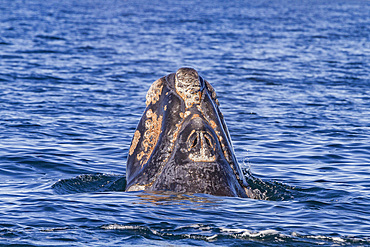
Southern right whale (Eubalaena australis) calf surfacing near Puerto Pyramides, Golfo Nuevo, Peninsula Valdez, Argentina

Nurse sharks (Ginglymostoma cirratum), being fed in Hol Chan Marine Preserve, inside the Mesoamerican Barrier Reef, Belize
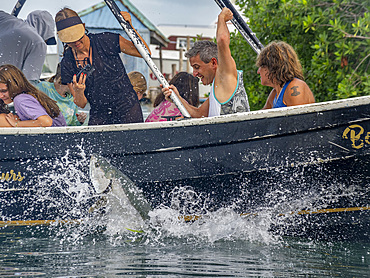
Tourists hand-feeding tarpon (Megalops atlaticus), at feeding station inside the Mesoamerican Barrier Reef, Belize
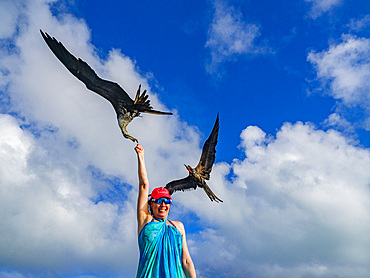
Tourist hand-feeding magnificent frigatebird (Fregata magnificens), at feeding station, Mesoamerican Barrier Reef, Belize
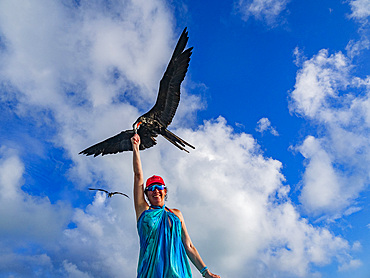
Tourist hand-feeding magnificent frigatebird (Fregata magnificens), at feeding station, Mesoamerican Barrier Reef, Belize
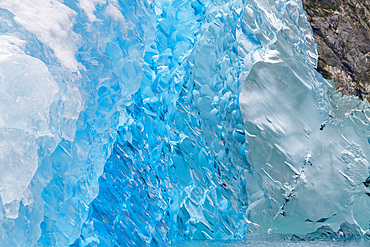
Glacial iceberg detail from ice calved off the Sawyer Glacier in Tracy Arm, Southeast Alaska, United States of America
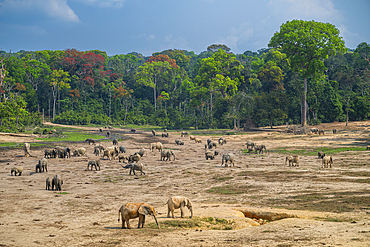
African forest elephant (Loxodonta cyclotis), Dzanga Bai, Dzanga Sangha National Park, UNESCO, Central African Republic
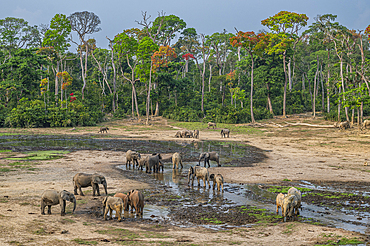
African forest elephant (Loxodonta cyclotis), Dzanga Bai, Dzanga Sangha National Park, UNESCO, Central African Republic
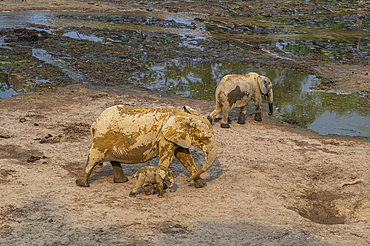
African forest elephant (Loxodonta cyclotis), Dzanga Bai, Dzanga Sangha National Park, UNESCO, Central African Republic
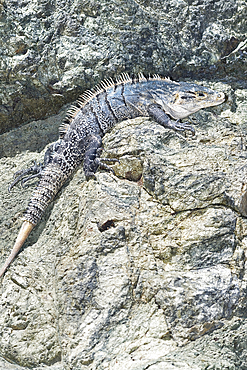
Black spiny tailed Iguana (Ctenosaur similis) crawling, Manuel Antonio National Park, Puntarenas Province, Costa Rica
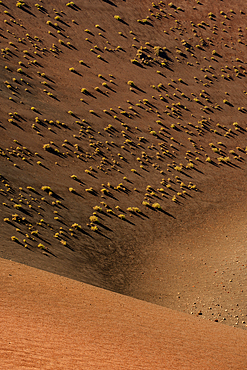
Volcanic landscape with small plants in the Timanfaya national park in Lanzarote in the Canary Islands, Spain
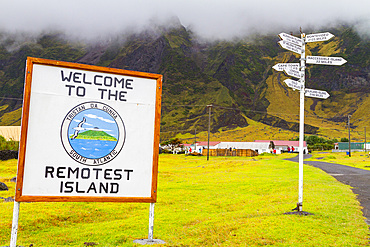
View of Welome sign and signpost on Tristan da Cunha, the most remote inhabited location on Earth, Tristan da Cunha, South Atlantic Ocean
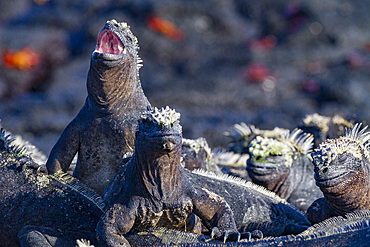
The endemic Galapagos marine iguana (Amblyrhynchus cristatus) in the Galapagos Island Archipelago, UNESCO World Heritage Site, Ecuador, South America
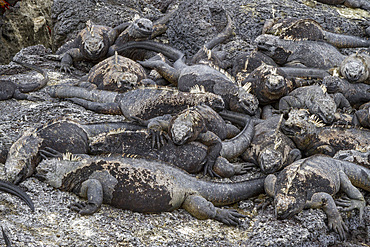
The endemic Galapagos marine iguana (Amblyrhynchus cristatus) in the Galapagos Island Archipelago, UNESCO World Heritage Site, Ecuador, South America
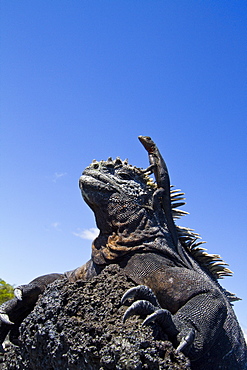
The endemic Galapagos marine iguana (Amblyrhynchus cristatus) with a lava lizard on top of its head in the Galapagos Island Archipelago, Ecuador
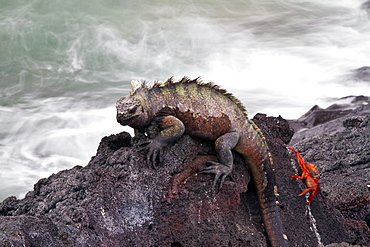
The endemic Galapagos marine iguana (Amblyrhynchus cristatus) in the Galapagos Island Archipelago, Ecuador
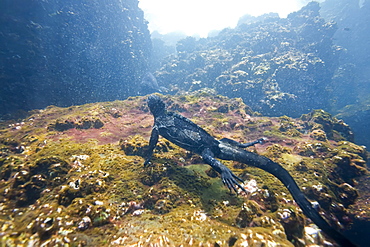
The endemic Galapagos marine iguana (Amblyrhynchus cristatus) feeding underwater in the Galapagos Island Archipelago, Ecuador
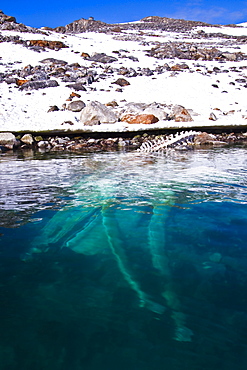
Adult fin whale (Balaenoptera physalus) carcass in Holmabukta off the northwest side of Spitsbergen in the Svalbard Archipelago, Norway
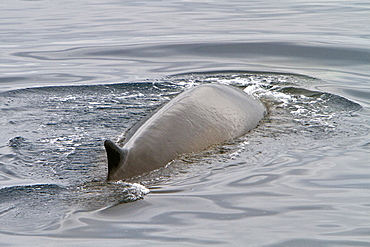
Adult fin whale (Balaenoptera physalus) sub-surface feeding in the rich waters off the continental shelf, Spitsbergen, Svalbard Archipelago, Norway
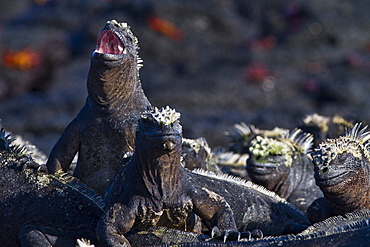
The endemic Galapagos marine iguana (Amblyrhynchus cristatus) in the Galapagos Island Archipelago, Ecuador
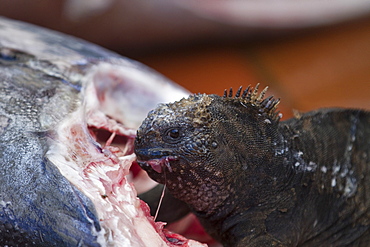
The endemic Galapagos marine iguana (Amblyrhynchus cristatus) feeding on fish at the Puerto Ayora fish market on Santa Cruz Island in the Galapagos Island Archipelago, Ecuador
